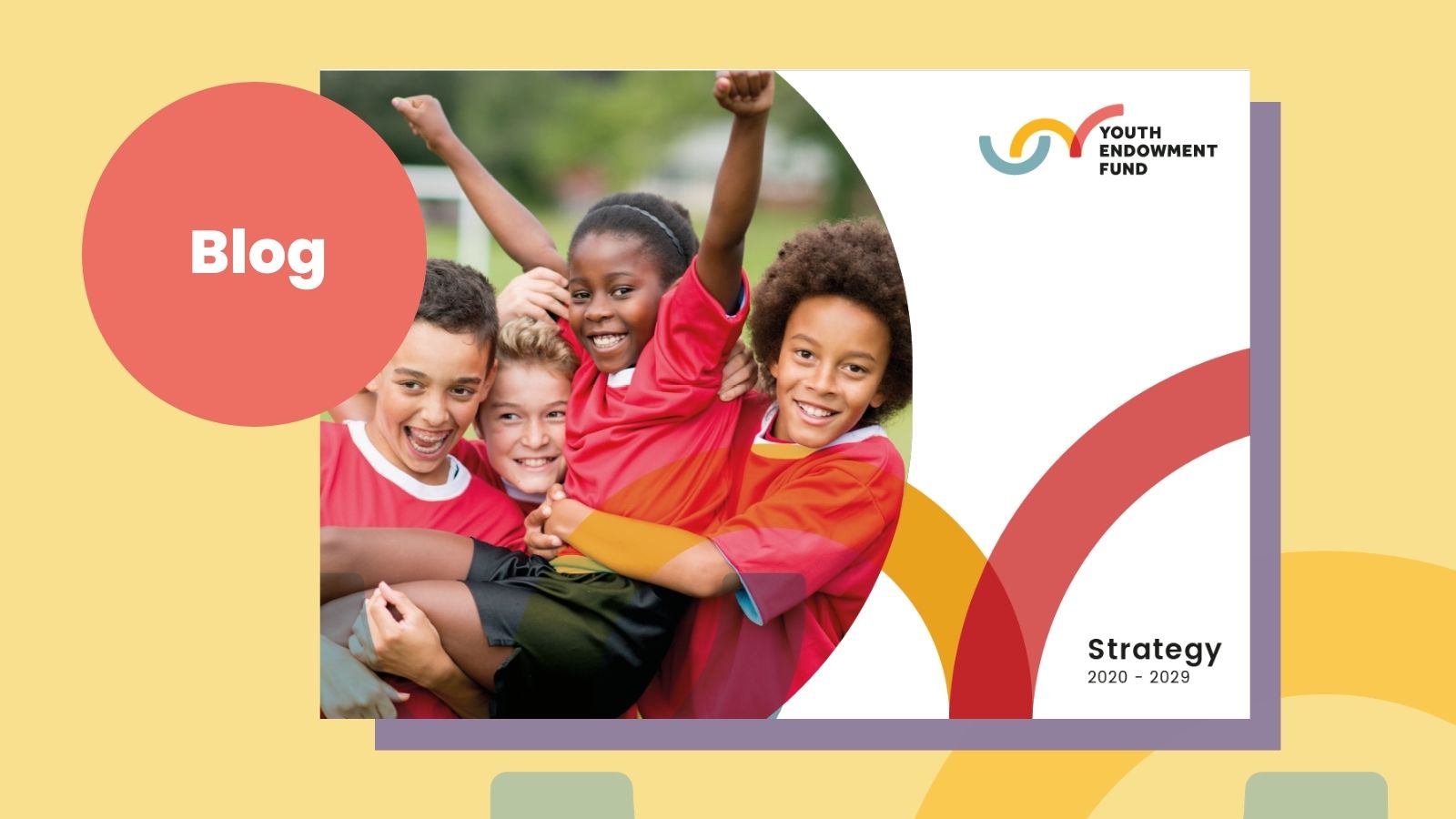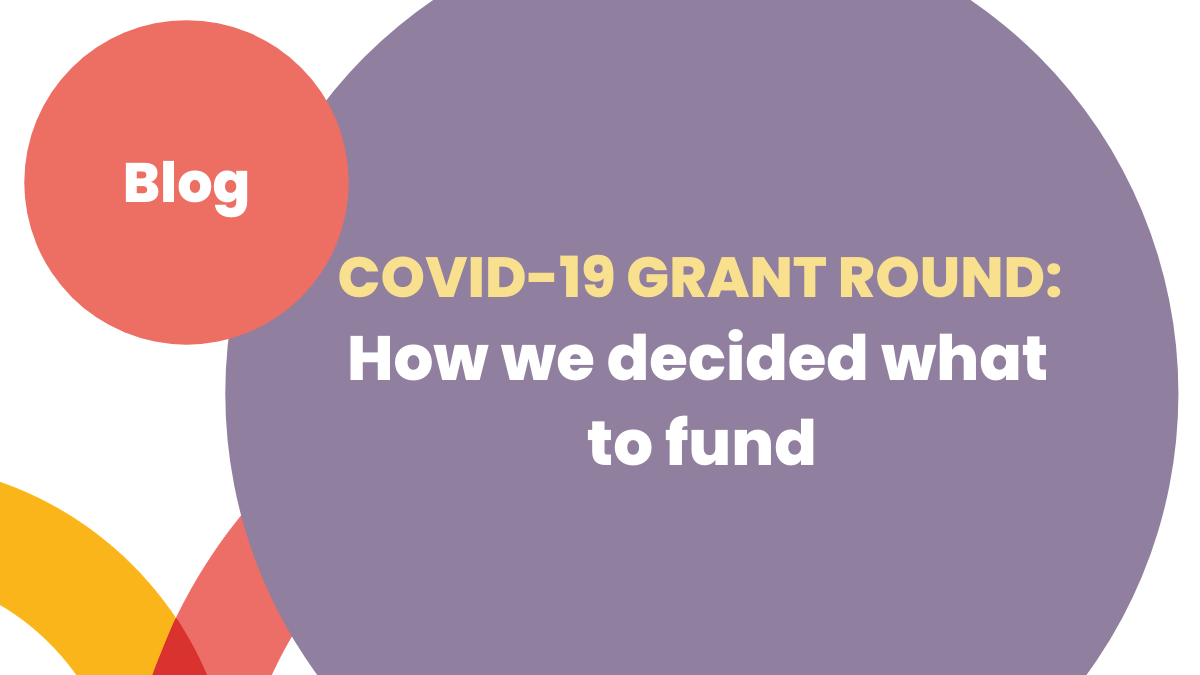Blog
On May 14, we closed the applications for our grant round, Another chance: diversion from the criminal justice system. We set out to fund between 10 and 20 projects from a pot of up to £20 million, because we want to find out how alternatives to arrest, conviction and custody can prevent children and young people from becoming involved in violence.
We had over 300 applications, which requested funding totalling just over £243 million. That meant we had some really difficult decisions to make.
After a long process of rigorous assessment (which you can read more about here), we’re almost ready to announce the few projects who we’ll be taking through to the co-design phase of the application process. We’ll be sharing a full list (along with a bit of information about each project) in the next few weeks.
It’s important to say that we haven’t guaranteed funding for all of the projects who’ll be moving to the next stage. From now until the autumn, they’ll be working with an independent evaluator to help them co-design the research elements of the project. Then our Grants and Evaluation Committee will make our final decision in November.
It’s been a really competitive for these projects to come so far. And for the of applicants that we couldn’t take forward, we know that the news that we aren’t able to partner with them will have been really disappointing.
For those who took the time to apply and for future applicants, it’s important for us to explain how we narrowed the selection down and how we made these decisions.
How we made our decisions: feedback for applicants
To make sure you understand how we made our decisions, we’ve set out, in detail, where applications tended not to score as highly against the criteria we were looking for. We’ve found that, of the criteria we wanted applicants to meet (outlined in our prospectus), there were three where we often wanted more information about the project. You can read our feedback in more detail here, and I’ve summarised them for you:
- Reaching the right type of young people: In some applications, it wasn’t clear exactly how a child or young person would be referred onto a project. For example, rather than saying ‘we will work with social care teams to recruit young people’, we wanted to know if you already have a relationships with that social care team, the mechanism they would use to refer a young person or about the sorts of materials you would provide to raise awareness of your project.
- Being evaluable: Evidence is really important to build the case for funding from us and sometimes we just didn’t have enough information about the research you’d done on the difference your project is making to young people.
- Being able to deliver at scale: To run a robust kind of evaluation, we need to know that you’d be able to reach the right number of young people. Sometimes it wasn’t clear how you’d be able scale up your delivery quickly enough.
Future funding
Our focus is on finding what works to prevent children becoming involved in violence and working with others to put those approaches into practice. Our emphasis on learning and evaluations means that – as with any funding – it might not be right for every organisation doing good work.
It’s important to say that we’re only at the start of delivering on our ten-year strategy. In the future, we’ll run a lot more of these rounds, all based on what children and young people told us they needed to stay safe. To get an idea of what might be coming up, you can read more about our themes. It might be that your programme is a closer fit to a different theme.
We’ve also developed the YEF Toolkit, a free online resource to help you find the evidence of what works to prevent serious violence. We hope it’ll be a useful way for you to find research that supports your applications in the future.
As we continue to run new grant rounds and build what we know, it’s important that we keep working with you to create the change that children need. We hope that, as we start to learn more, you’ll work with us to share what works. Because by working in partnership, we can make sure children get the evidence-led services they deserve.
As always, if you have any questions, please do get in touch with the team, using grants@youthendowmentfund.org.uk
Related content
- Blog
Blog:Our £200 million, 10-year strategy to prevent children becoming involved in violence
Jon Yates, Executive Director, Youth Endowment Fund Involvement in violence devastates children and young people’s lives. The pandemic risks making this even worse with children missing months of school and struggling to access support from adults that they trust and rely on. Everyone I speak to about this tragedy, has one core message: we need… - Blog
Blog:COVID-19 grant round: How we decided what to fund
Today we have announced the recipients of our COVID-19 grant round. 130 organisations from across England and Wales have been offered funding totalling £6.5m. The funding will support the delivery of new programmes and activities to help children and young people at-risk of being drawn into violent crime and tackle any problems that emerge during…


